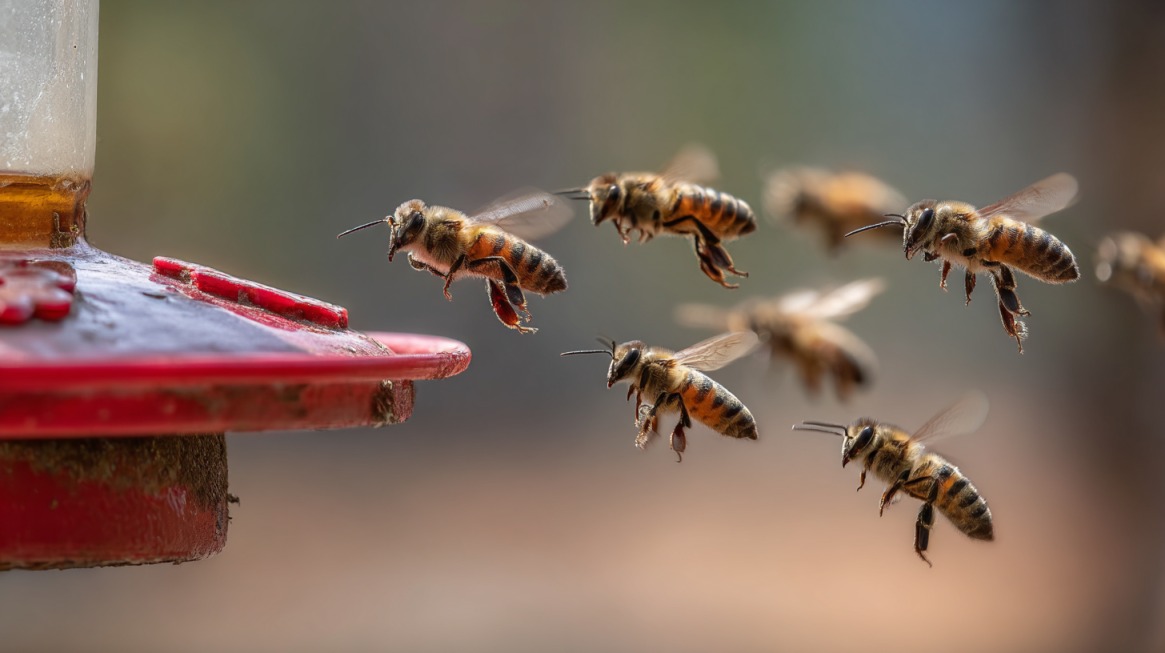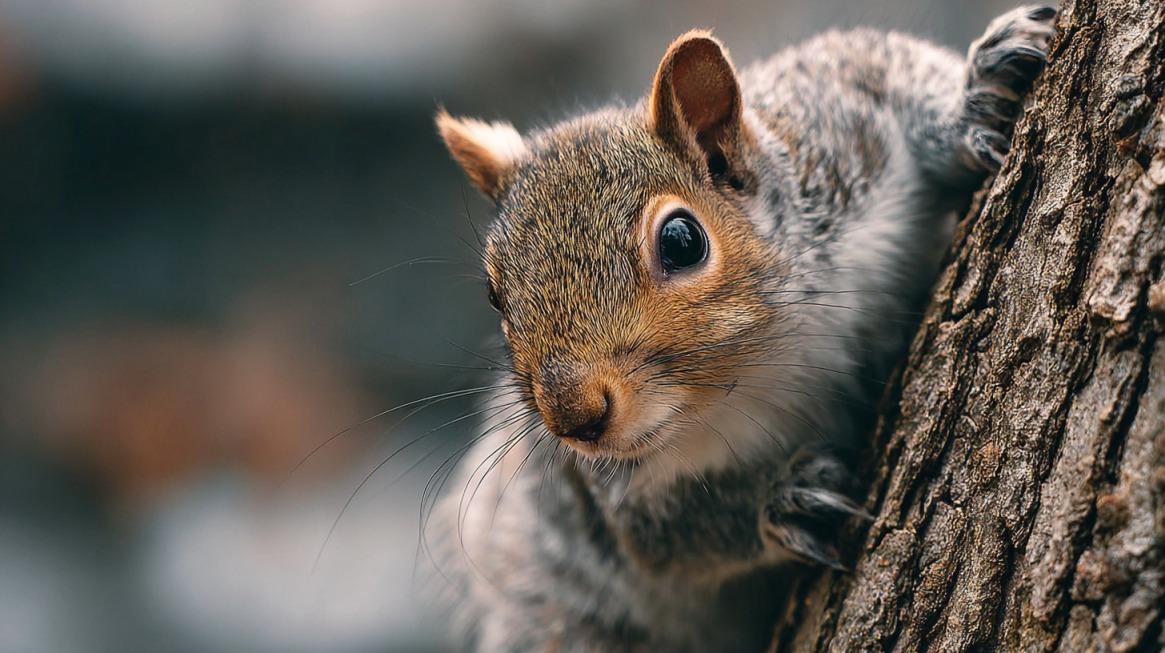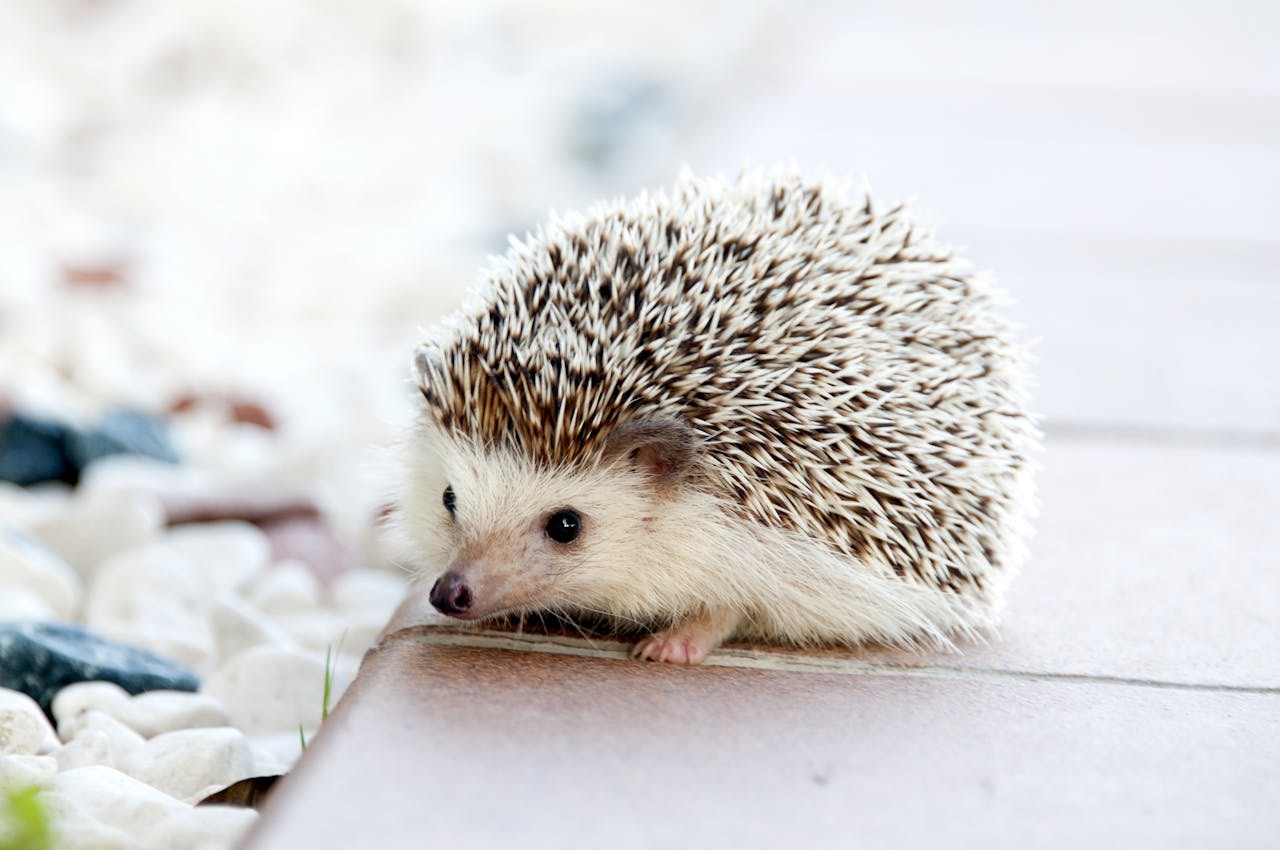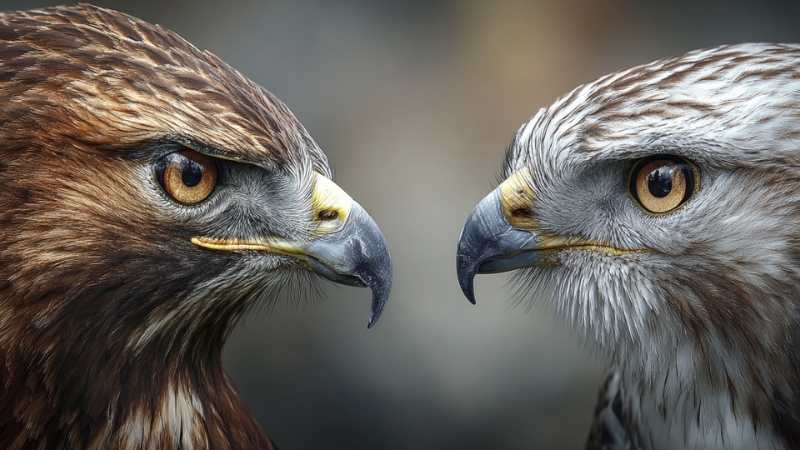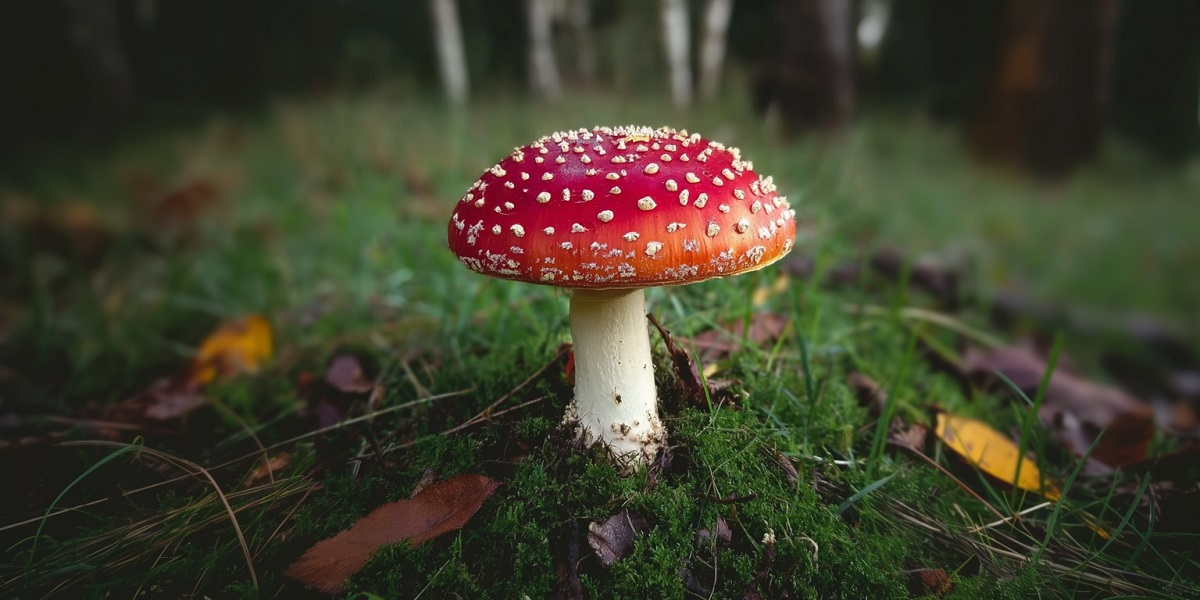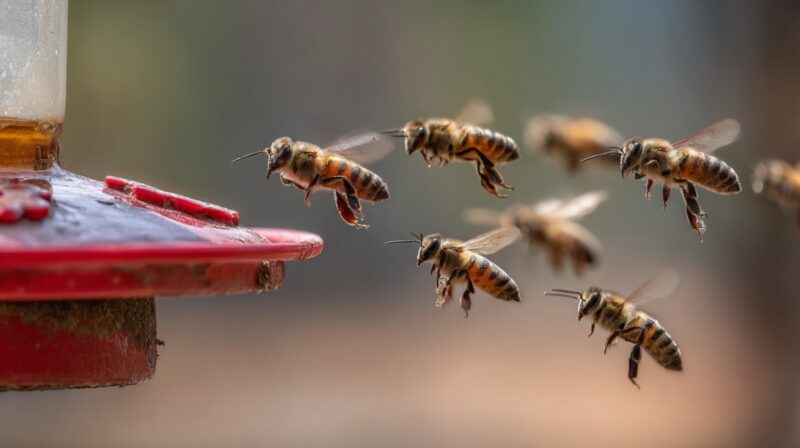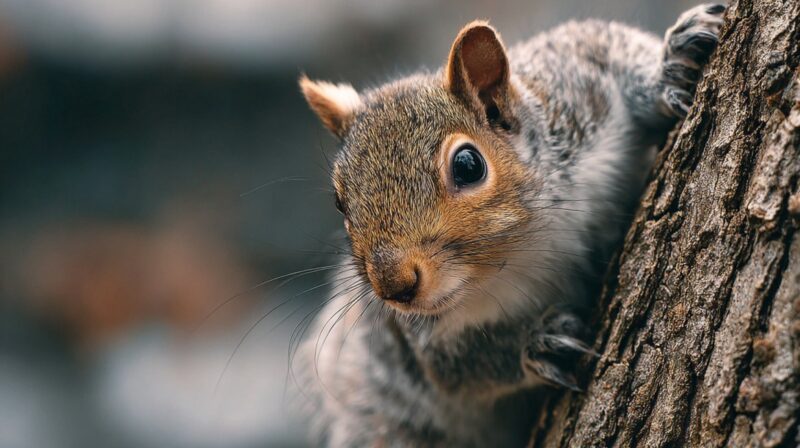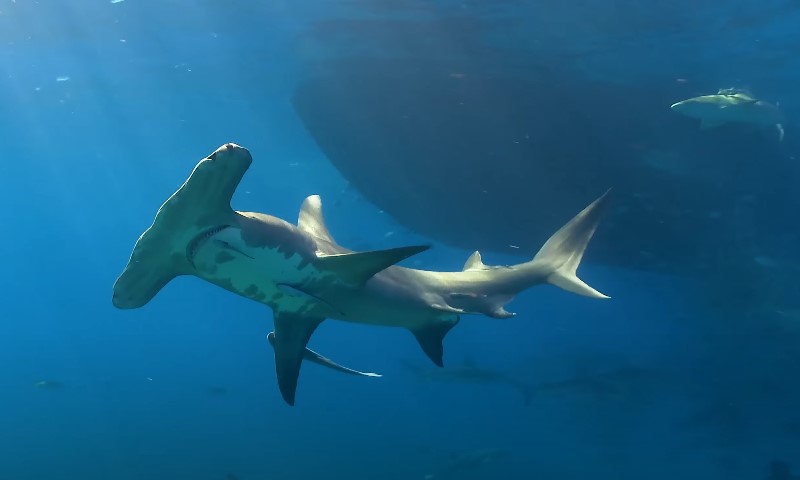
Share Post:
In nature, most animals rely on mating to produce offspring , combining DNA from two parents to create genetic diversity. But not all life follows this rule.
Some species have evolved a fascinating shortcut: asexual reproduction, the ability to reproduce without mating at all.
From tiny aquatic creatures to reptiles and insects, these animals can create perfect genetic copies of themselves , no partner required.
This remarkable adaptation allows survival in isolated environments, extreme conditions, or when mates are scarce.
1. Komodo Dragon – The Virgin Mother of the Reptile World
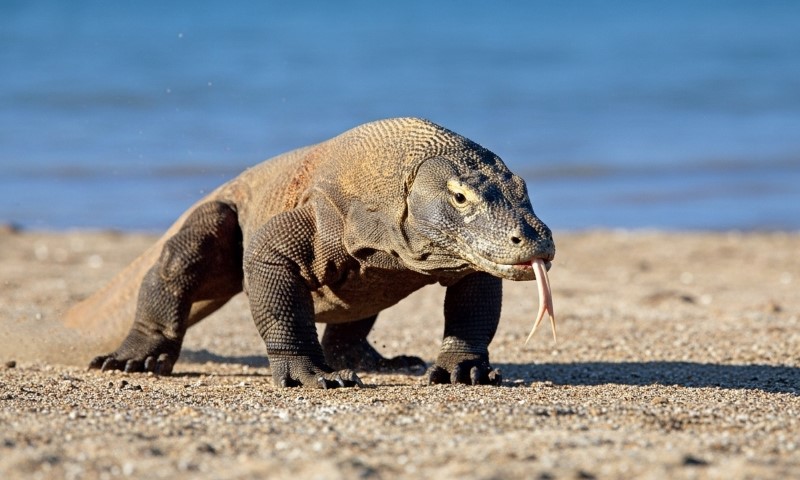
One of the most dramatic examples of asexual reproduction comes from the Komodo dragon, the world’s largest lizard.
Komodo females can reproduce via parthenogenesis, laying eggs that develop without fertilization. In 2006, a female Komodo dragon named Flora at a UK zoo stunned scientists by producing healthy offspring without ever being near a male.
| Reproductive Method | Parthenogenesis |
| Habitat | Indonesian islands |
| Fun Fact | Parthenogenetic Komodo offspring are always male (due to their ZW sex chromosome system). |
This ability may have evolved as a survival mechanism on isolated islands where males are scarce. Once males are born, they can reintroduce sexual reproduction in later generations , a clever evolutionary backup plan.
2. Aphids – The Fastest Baby Boomers in Nature
Aphids, the tiny sap-sucking insects that attack garden plants, are masters of rapid reproduction.
During warm months, female aphids reproduce asexually , giving birth to live young that are already pregnant with the next generation. This process, called telescoping generations, allows populations to explode in weeks.
| Reproductive Method | Parthenogenesis |
| Reproduction Speed | Up to 80 offspring per week per female |
| Switch to Sexual Phase | Occurs in colder seasons to ensure survival through eggs |
This dual strategy gives aphids evolutionary flexibility: asexual for speed, sexual for genetic diversity when needed.
3. Starfish – Regenerating Life from a Limb
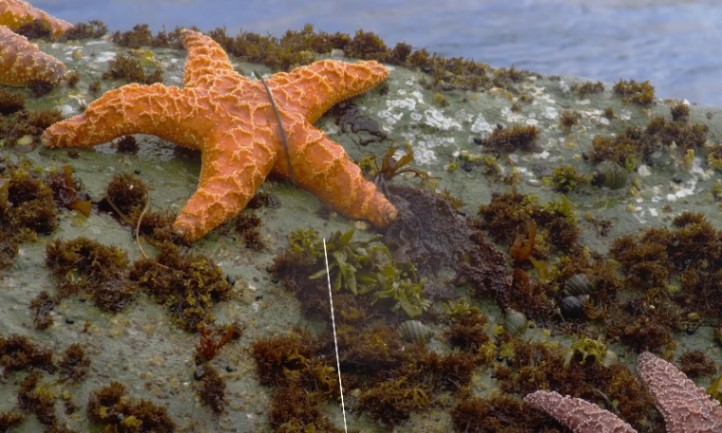
Starfish (or sea stars) can reproduce both sexually and asexually, depending on conditions. In asexual reproduction, a starfish can regrow its entire body from a single arm , as long as part of the central disc is attached.
| Reproductive Method | Fragmentation and regeneration |
| Habitat | Oceans worldwide |
| Remarkable Trait | Some species can clone themselves even without injury, producing miniature duplicates. |
This ability helps starfish recover from predation and populate new regions of the seafloor quickly. It’s also why cutting one apart doesn’t “kill” it , you might just end up with two.
4. Whiptail Lizards – All-Female Populations
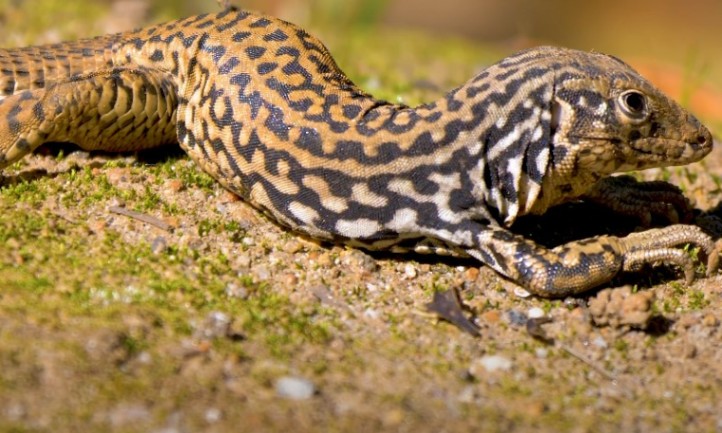
In the deserts of the southwestern United States and Mexico, several species of whiptail lizards exist as all-female populations. These reptiles reproduce exclusively by parthenogenesis, with every individual capable of laying viable eggs without mating.
Interestingly, even though there are no males, females still engage in courtship-like behavior, which stimulates ovulation.
| Reproductive Method | Parthenogenesis |
| Unique Feature | Entire species composed of females |
| Example Species | New Mexico whiptail (Aspidoscelis neomexicana) |
These lizards are hybrids of closely related species , their mixed DNA seems to have “locked in” the ability to self-reproduce. The trade-off is low genetic variation, but their adaptability keeps populations thriving.
5. Hydra – The Eternal Cloners
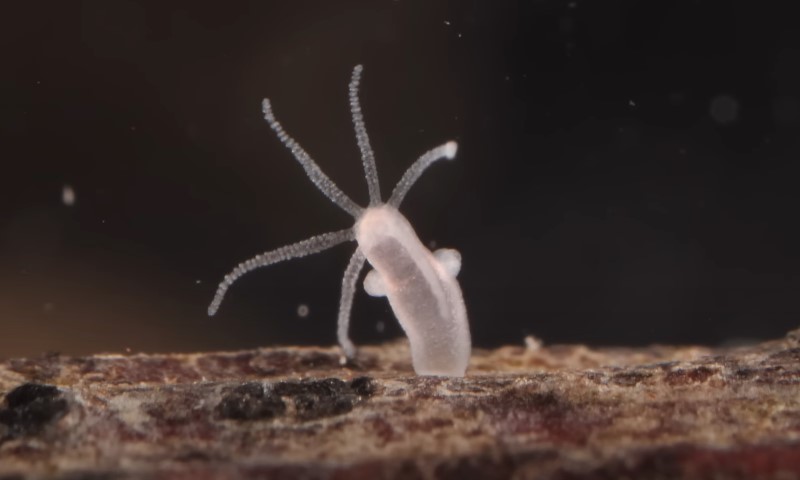
Hydras, the tiny freshwater relatives of jellyfish, reproduce mostly through budding , a small version of themselves grows on their body and eventually detaches to live independently.
| Reproductive Method | Budding |
| Habitat | Freshwater ponds and lakes |
| Special Trait | Can reproduce indefinitely under the right conditions , hydras don’t appear to age. |
Because they can continuously regenerate, hydras are often studied in biology as models for tissue renewal and longevity. Their ability to clone themselves endlessly makes them nearly immortal in lab environments.
6. Bdelloid Rotifers – 80 Million Years Without Sex
Perhaps the most astonishing example of all, bdelloid rotifers , microscopic aquatic animals , have survived for tens of millions of years without a single male.
These tiny creatures reproduce solely through asexual means, and yet they’ve avoided the usual pitfalls of cloning (like accumulating harmful mutations).
| Reproductive Method | Obligate parthenogenesis |
| Age of Lineage | Over 80 million years |
| Survival Trick | They can dry out completely and absorb foreign DNA when rehydrating, adding new genes. |
Bdelloid rotifers show that life can innovate even without sex , nature always finds a workaround.
7. Hammerhead Sharks – The Ocean’s Solo Mothers
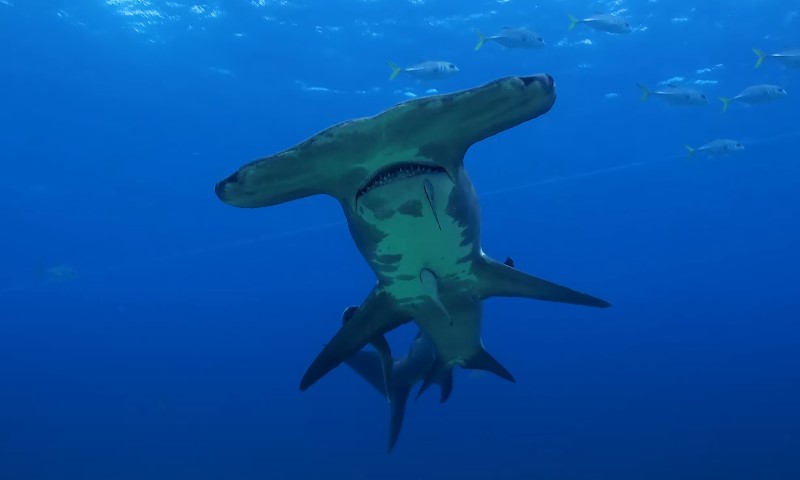
In 2007, a female bonnethead shark in a Nebraska aquarium shocked researchers by giving birth without ever encountering a male. Genetic testing confirmed parthenogenesis , reproduction without fertilization.
| Reproductive Method | Parthenogenesis |
| Observed In | Bonnethead and zebra sharks |
| Scientific Significance | First recorded case of virgin birth in sharks |
Although rare, this ability may allow isolated females in low-density populations to sustain their species until males reappear.
8. Marbled Crayfish – The Self-Cloning Super Invader
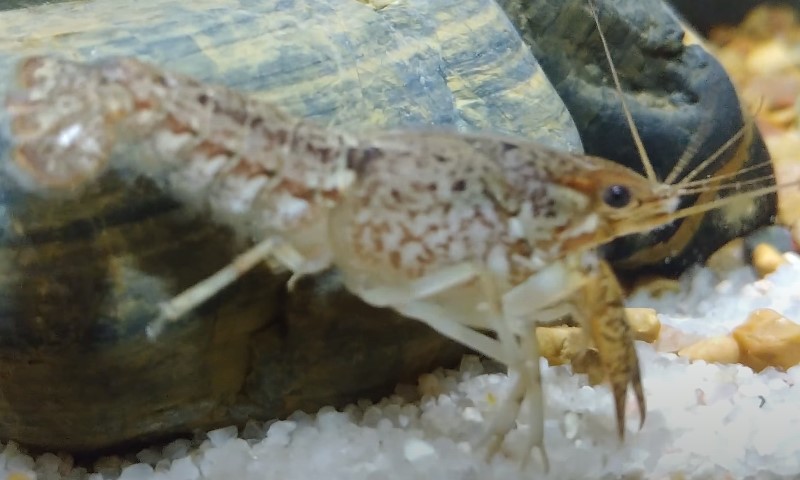
Discovered in aquariums in the 1990s, the marbled crayfish (Procambarus virginalis) reproduces entirely through parthenogenesis , every individual is female and genetically identical.
| Reproductive Method | Parthenogenesis |
| Origin | Mutation of a slough crayfish species |
| Reproductive Power | Each female can produce hundreds of eggs at once. |
Because every offspring is a perfect clone, marbled crayfish spread quickly through waterways. In parts of Europe and Africa, they’ve become invasive, outcompeting native species.
9. Planaria – Regenerating Worms with Incredible Memory
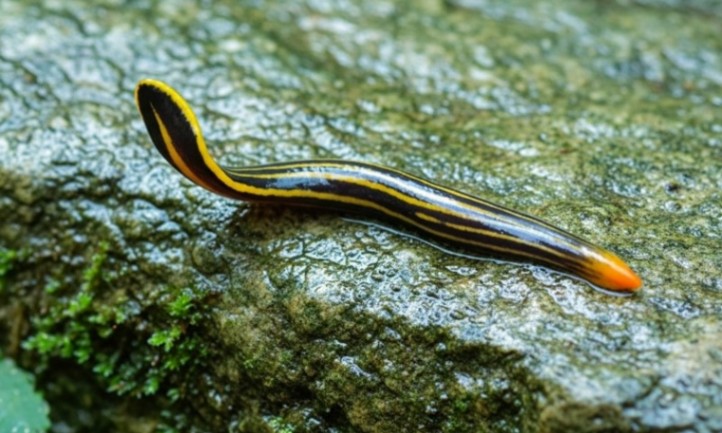
Planaria, flatworms famous for regeneration, can reproduce through fragmentation. Even a tiny fragment can regrow into a whole organism.
| Reproductive Method | Fragmentation |
| Scientific Importance | Used in regeneration and stem cell research |
| Unique Feature | Retains learned behaviors even after regeneration. |
Planaria show how simple organisms can survive , and multiply , through sheer regenerative power.
10. Sea Anemones – The Budding Architects of Coral Reefs
@jake.pnw Don’t touch the but #animals #nature #greenseaanemone #anemone #fyp
Many deep sea anemones reproduce by budding, producing smaller clones that remain attached for a time before drifting off. Others reproduce by splitting in half , a form of binary fission.
| Reproductive Method | Budding and fission |
| Habitat | Coral reefs and tidal zones |
| Interesting Trait | Can alternate between sexual and asexual reproduction depending on conditions. |
This dual approach allows anemones to spread rapidly when conditions are favorable , and ensure genetic variety when the environment becomes challenging.
The Takeaway
From Komodo dragons that can give virgin birth to rotifers that haven’t had males for 80 million years, asexual reproduction is a reminder of nature’s endless creativity.
It’s not just a biological curiosity , it’s a survival strategy, a way for life to persist when odds seem impossible.
Whether through cloning, budding, or parthenogenesis, these seven animals prove one thing:
In evolution, there’s no single rulebook , only ingenious adaptations that keep life going.
Related Posts:




